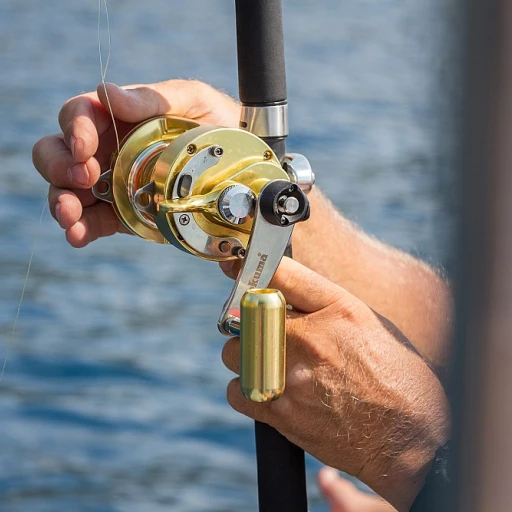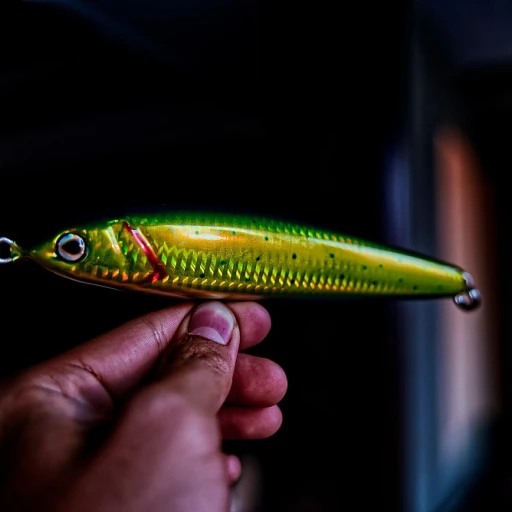
Understanding the different types of tuna
Understanding the different types of tuna species
The diverse world of tunas
Tuna is not just a single fish species. It's a group of several species under the genus Thunnus. In fact, there are about 15 recognized species of tuna, but we'll focus on the most commonly known and fished species. These include Bluefin, Yellowfin, Albacore, Bigeye, and Skipjack. Each has unique characteristics that influence their popularity, fishing methods, and culinary uses.
Bluefin tuna: the king of the sea
When we talk about Bluefin tuna, we're discussing a fish that stands out in terms of size, taste, and value. Renowned for its rich, dark red flesh, Bluefin is the top choice for sushi and sashimi. Notably, Bluefin includes three main types: Atlantic Bluefin (Thunnus thynnus), Pacific Bluefin (Thunnus orientalis), and Southern Bluefin (Thunnus maccoyii).
Bluefin tuna stocks have been a subject of conservation due to overfishing. The Atlantic Bluefin is especially under pressure, often appearing on the IUCN Red List of Threatened Species. One famous auction of a Pacific Bluefin tuna in Tokyo reached an astonishing $3.1 million for a single fish, reflecting its prized status.
Yellowfin tuna: a versatile option
Yellowfin tuna is often recognized for its bright yellow dorsal fin and its prevalence in both commercial and sport fishing. Known scientifically as Thunnus albacares, it's versatile and commonly found in tropical and subtropical waters of the Pacific, Atlantic, and Indian Oceans.
One appealing aspect of Yellowfin is its relatively lighter taste compared to Bluefin, making it suitable for a variety of dishes from sushi to grilling. It's also a popular target for recreational fishing, as its fighting nature provides a thrilling challenge to anglers.
Explore advanced fishing techniques for trophy hunts
If you're interested in advanced techniques for deep-sea trophy hunts, don't miss checking out the latest insights here.
Bluefin tuna: the prized catch
Unpacking the fascination with bluefin tuna
The bluefin tuna, particularly the Atlantic bluefin, stands out as a highly prized catch in the fishing community. Known for its size, flavor, and the challenge it presents to fishermen, bluefin tuna is a top choice for both sport and commercial fishing. This species (Thunnus thynnus) can weigh up to 1,500 pounds and grow over 13 feet long, making it a behemoth of the ocean.Dr. Barbara Block from Stanford University, a leading expert in marine biology, emphasizes the importance of monitoring bluefin populations. She says, "The bluefin’s migratory patterns and breeding grounds are crucial to their survival, and understanding these can help us protect them."
Bluefin tuna: a culinary and economic treasure
Bluefin tunas are highly valued in culinary circles, especially in Japan, where they're a staple in sushi and sashimi. The rich, marbled flesh, particularly from the belly, or 'toro,' is considered a delicacy. The Tokyo Tsukiji Market has seen record prices paid for bluefin tuna, with a 612-pound fish fetching $3 million in 2019. It’s not just the taste but the texture and umami flavor that make bluefin tuna such a favorite.In Spain, bluefin tuna is celebrated in traditional dishes like 'marmitako,' a Basque stew, while in the Mediterranean, it is essential in 'tuna carpaccio.' The demand has led to stringent regulations and quotas to manage tuna stocks, which brings us to the topic of sustainability.
Conservation efforts
Concern for bluefin tuna populations has prompted conservation actions to ensure their survival. The International Commission for the Conservation of Atlantic Tunas (ICCAT) manages quotas and seasonal fishing bans to help replenish stocks. The IUCN Red List has listed bluefin tuna as endangered, adding urgency to the conservation measures. Moreover, organizations like WWF have been advocating for sustainable fishing practices and consumer awareness.An impactful example is the efforts to manage the Mediterranean bluefin tuna stocks, which were overfished to the brink of collapse. Thanks to concerted efforts, including strict regulations and improved fishing practices, the populations are showing signs of recovery.
For more information on unique marine life and conservation, check out this in-depth look at deep-sea creatures.
The bluefin's story is vital in the broader narrative of tuna conservation strategies, which we'll touch on when discussing other tuna species in subsequent sections.
Yellowfin tuna: the versatile favorite
Yellowfin tuna: the versatile favorite
Yellowfin tuna, scientifically known as Thunnus albacares, stands out as a popular choice, not just among anglers but also in culinary circles. This tuna species is typically found in tropical and subtropical oceans worldwide, including the Pacific, Atlantic, and Indian oceans. Known for their streamlined bodies and vibrant, yellow second dorsal fin, yellowfin tunas are a common sight in both recreational and commercial fishing scenes.
Unlike the elusive bluefin tuna, yellowfin tuna are more abundant and generally lighter, making them easier to catch. The typical yellowfin can weigh anywhere between 20 to 200 pounds, although some can exceed these weights. According to NOAA Fisheries, in 2020 alone, about 1.5 million metric tons of yellowfin tuna were caught globally, underscoring its prevalence.
Preferred habitats and behavior
Yellowfin tuna reside primarily in the open seas, preferring warm, nutrient-rich waters where they coexist with other species such as dolphins and whales. Intriguingly, yellowfin are known to dive several hundred meters deep in search of prey, yet they mostly stay closer to the surface. Anglers targeting yellowfin often pursue them near floating debris or areas with a high concentration of baitfish.
Yellowfin’s migratory pattern also reflects their versatile nature. They are known to traverse vast stretches of ocean, from the waters near Hawaii and California to the Indian Ocean and the Mediterranean Sea. Their broad distribution contributes to their sustainability; however, it also requires meticulous management to prevent overfishing.
A culinary delight
In the culinary world, yellowfin tuna is acclaimed for its firm, lean, and flavorful flesh. It holds up well in various recipes, from sashimi to steaks, salads to grilling. The flesh's distinct pink to dark red color makes it a favorite for sashimi and sushi, particularly in Japan and other parts of East Asia. Interestingly, yellowfin tuna caught in these regions is often shipped globally, ending up in high-end restaurants and markets around the world.
When it comes to canned tuna, yellowfin is often labeled as "chunk light tuna," a testament to its light texture and mild taste. The U.S. remains one of the largest consumers of canned yellowfin, with markets like Europe and Australia also showing significant demand.
Expert insights and case studies
Maurice Collins, a renowned marine biologist, highlights, “Yellowfin tuna’s resilience and adaptability make it a valuable resource for both recreational and commercial fisheries. The key to sustaining their populations lies in stringent fishing regulations and promoting catch-and-release practices among sportfishers.” Susan Lee, an experienced angler and chef, adds, “Yellowfin tuna is a versatile fish; it’s perfect for grilling, searing, or even raw in sushi. Its taste profile is largely influenced by its diet and the waters it’s caught in.”
Studies have shown that responsible fishing practices and international cooperation are critical in preserving yellowfin tuna stocks. For instance, the International Seafood Sustainability Foundation (ISSF) focuses on initiatives like banned areas and gear restrictions, striving to balance yellowfin tuna fishing with ecological sustainability.
For anglers and chefs alike, yellowfin tuna remains a versatile and beloved choice, effortlessly merging the excitement of the catch with the delight of the table. Its adaptability in the kitchen is only rivaled by its prevalence in our oceans, making it an essential species in the world of tuna.
For more information on tuning in to different angling techniques, consider our post on mastering the perfect catfish setup for successful fishing.
Albacore tuna: the white meat delight
The white meat delight
When you talk about elegance in the tuna world, albacore tuna shines bright. Known for its mild flavor and firm, light-colored flesh, this species sets itself apart from the rest. Scientifically named Thunnus alalunga, albacore holds a special place in the hearts of many tuna enthusiasts.
Albacore tuna is often called “white meat tuna” due to its pale flesh, contrasting it distinctly from other types like bluefin or yellowfin. If you've ever picked up a can labeled "white albacore," that's exactly what it is—chunks of this delightful fish. In fact, 31% of the 1,000 consumers surveyed across the United States prefer albacore in their tuna sandwiches (NY Mag).
Why choose albacore?
The gourmet allure of albacore lies in its texture and flavor. Its firm consistency and mild, somewhat nutty flavor make it a preferred choice for both canned and fresh tuna products. When cooking or grilling, albacore tuna maintains its texture, making it a go-to for a variety of recipes—from a light tuna salad to a hearty grilled tuna steak.
Health benefits
Albacore isn't just loved for its taste. It is also packed with omega-3 fatty acids, beneficial for heart health. Experts from the American Heart Association suggest consuming fish like albacore twice a week to boost cardiovascular wellness. Just half a can of albacore tuna offers 15-20 grams of protein, making it an excellent choice for anyone looking to amp up their protein intake without compromising on taste.
Where is it caught?
Albacore tuna is primarily caught in the Pacific Ocean, especially around Hawaii and the West Coast of the U.S. The fishing practices here are closely monitored to ensure sustainability, with organizations like the Marine Stewardship Council (MSC) ensuring that albacore stocks are not overfished.
Conservation concerns
While albacore tuna populations are currently stable, they are not without their challenges. Overfishing remains a concern. Regulatory bodies are working tirelessly to ensure fishing quotas are respected. In line with the IUCN Red List, efforts are ongoing to keep albacore off the list of threatened species.
Bigeye tuna: the deep-sea dweller
Bigeye tuna: the deep-sea dweller
Bigeye tuna (Thunnus obesus) boasts some impressive stats, making it a fascinating subject within the different types of tuna. This deep-sea dweller typically resides at depths ranging from 200 to 500 meters. Unlike other tuna species, bigeye tuna can migrate over long distances and are known for their ability to survive in low-oxygen environments, a talent not shared by all their tuna cousins (NOAA Fisheries).
Bigeye tuna usually weigh between 130 to 200 pounds, but specimens can reach up to 400 pounds. Their firm flesh and high-fat content make them particularly prized in the sushi world and for high-end markets. Countries renowned for their sushi, such as Japan, have a high demand for bigeye tuna, often making it a hot commodity in global fish markets (FishChoice.com).
Concerns about overfishing have placed bigeye tuna on the IUCN Red List of Threatened Species. Efforts like the Atlantic Tunas Convention Act (ATCA) aim to manage and sustain tuna stocks in international waters effectively (IUCN Red List).
An interesting piece of trivia is that bigeye tuna has a second dorsal fin and anal fin that are often tinged with yellow, making them easier to identify compared to other tunas like the yellowfin (Thunnus albacares). Speaking of yellowfin tuna, it's often confused with bigeye due to their similar appearances, but they are distinctive in their own right (Fisheries.noaa.gov).
In terms of flavor, bigeye offers a rich, buttery taste, excellent for sushi and sashimi. They provide significant amounts of omega-3 fatty acids, promoting cardiovascular health and overall wellness. This makes bigeye tuna not just a luxury food item but also a nutritious addition to any diet (Healthline).
Skipjack tuna: the canned tuna staple
Skipjack tuna: the canned tuna staple
Skipjack tuna stands as one of the most commonly consumed tuna species, especially in canned tuna products. A vital player in global canned tuna sales, skipjack tuna accounts for approximately 70% of the tuna harvest utilized for canning, according to the Food and Agriculture Organization (FAO). This predominance stems from its abundant populations and relatively sustainable fishing practices, making it a popular choice for many households and commercial use.
Skipjack tuna, scientifically known as Thunnus katsuwonus, is typically smaller than its cousins like bluefin or yellowfin tuna. Weighing between 6 to 22 pounds and measuring around 3 feet in length, its smaller size contributes to faster reproduction cycles and more robust population numbers, essential for maintaining sustainable practices. Wild-caught skipjack tuna is often labeled as "chunk light" in canned seafood products.
A flavor profile that stands out
When it comes to taste, skipjack tuna offers a distinct, hearty flavor that many find appealing in various culinary applications. Its flesh, darker than that of albacore or yellowfin tuna, delivers a richer taste, perfect for recipes ranging from salads and casseroles to sushi. In terms of nutrient content, skipjack is a substantial source of omega-3 fatty acids, providing essential health benefits such as improved heart health and reduced inflammation.
Catching methods and sustainability
Predominantly found in warmer waters, skipjack tuna roams the Pacific, Indian, and Atlantic Oceans. The most common fishing methods for skipjack tuna include purse seining and pole-and-line fishing. Purse seining, which involves encircling a school of fish with a large net, efficiently catches significant quantities of skipjack but raises concerns over bycatch. Conversely, pole-and-line fishing is more selective and sustainable, reducing unintended capture of non-target marine species.
Controversies and challenges
While skipjack tuna enjoys a comparatively healthy population, it is not without its controversies. The International Union for Conservation of Nature (IUCN) lists it as a species of "Least Concern," yet overfishing and unsustainable practices can threaten its numbers. The rise in global demand for canned tuna necessitates ongoing efforts to balance consumption with conservation.
Organizations such as the Marine Stewardship Council (MSC) have established certification programs to promote sustainable fishing practices. Certified skipjack fisheries must adhere to strict guidelines ensuring minimal environmental impact and robust fishery management. Despite these efforts, consumers must remain vigilant, choosing sustainably sourced products to support the long-term viability of skipjack tuna populations.
Skipjack tuna, with its diverse applications and pivotal role in the tuna fishing industry, embodies both opportunity and obligation. Sustainable practices and mindful consumption can ensure this staple remains available for future generations while supporting the ecological balance of our oceans.
Conservation and sustainability of tuna species
Tuna fishing's environmental impact
Commercial tuna fishing has grown into a massive industry, with millions of tons caught annually. With such demand, the environmental impact and sustainability of tuna species are becoming increasingly important. Let's look at some figures and initiatives that aim to ensure the future of this versatile fish.
According to data published by the Food and Agriculture Organization (FAO), the global tuna catch in 2020 was approximately 6 million metric tons. This astonishing figure highlights the pressure on tuna stocks, particularly concerning species like the bluefin tuna (Thunnus thynnus), which is highly prized in sushi cuisine. Bluefin tuna populations have decreased significantly, with the Atlantic bluefin tuna listed on the IUCN Red List as Endangered due to overfishing and illegal fishing practices.
But it's not all gloomy news. Several international agreements and organizations work tirelessly to promote sustainable tuna fishing. Organizations such as the International Commission for the Conservation of Atlantic Tunas (ICCAT) regulate fishing practices to prevent the overexploitation of tuna species. For example, the ICCAT has set quotas that limit the number of individuals that can be caught annually per country, aiming to restore healthy population levels.
Conservative fishing practices and their effectiveness
One effective conservative practice is the use of pole-and-line fishing. This traditional fishing method is less harmful to the marine environment and reduces bycatch—a practice lauded by sustainability advocates. Studies have shown that methods like pole-and-line result in bycatch rates as low as 5%, compared to the over 30% seen in some industrial longline fisheries.
Countries like the Philippines and Spain are leading the charge, promoting selective fishing methods and ensuring that their tuna fisheries follow stringent guidelines to protect tuna populations and the broader marine ecosystem. This approach helps maintain strong fish stocks while allowing fishermen to continue their way of life.
Technological advancements aiding tuna sustainability
Advancements in technology are another crucial factor in promoting sustainable tuna fishing. The use of satellite tracking helps monitor tuna migration patterns and identify illegal fishing activities. For instance, the World Wildlife Fund (WWF) collaborates with tech companies to deploy satellite-borne technologies that help track fishing vessels in real-time. This technology has substantially reduced illegal, unreported, and unregulated (IUU) fishing activities.
Moreover, the adoption of Fish Aggregating Devices (FADs) equipped with sonar and GPS technology helps fishermen locate tuna schools more efficiently, minimizing the need for extensive and exhaustive fishing trips that can harm the marine environment. It’s worth mentioning, though, that FADs have stirred controversies due to their potential to aggregate juvenile fish, impacting future populations.
Consumer responsibility and certification programs
Consumers also play a pivotal role in promoting tuna sustainability. By choosing tuna products certified by organizations such as the Marine Stewardship Council (MSC), consumers can opt for tuna sourced from well-managed fisheries. The MSC label indicates that a product comes from a fishery that meets rigorous environmental standards, ensuring minimal impact on the marine ecosystem.
Furthermore, increasing public awareness about the different types of tuna and their conservation status can drive demand for sustainably sourced products. Educational campaigns highlight the benefits of selecting alternative species like skipjack tuna (Thunnus orientalis), also found in the Pacific Ocean, which are less vulnerable to overfishing compared to bluefin tuna.
In conclusion, the journey towards sustainable tuna fishing involves several actors, from international organizations to consumers. While significant progress has been made, continuous efforts are essential to ensure the long-term viability of tuna populations and the health of our oceans.
Health benefits and culinary uses of tuna
Health benefits wellness and culinary uses of tuna
Eating tuna isn't just about savoring its rich flavor; it's also about embracing a healthier lifestyle. Tuna is packed with omega-3 fatty acids, essential for heart health, reducing inflammation, and even improving brain function. A study published in the Journal of the American Medical Association found that eating fish rich in omega-3s, like tuna, was associated with a lower risk of coronary heart disease. Besides omega-3s, tuna is a great source of lean protein, vitamin D, and essential minerals such as selenium and iodine.
Culinary versatility of tuna
In the culinary world, tuna stands out for its versatility. From sashimi and sushi to grilled steaks and hearty salads, the different types of tuna offer unique flavors and textures that cater to a variety of dishes. Bluefin tuna, with its rich, fatty texture, is a prized ingredient in Japanese cuisine, especially sushi. Yellowfin (also known as ahi) is favored for grilling and searing due to its firm texture. Albacore is often found in canned form, labeled as “white tuna,” and is ideal for sandwiches and salads. Bigeye tuna, a favorite in sushi bars, is renowned for its deep red color and savory taste. Lastly, skipjack tuna is most commonly used for canned light tuna, found in numerous recipes from casseroles to tuna melts.
Convenience of canned and pouched tuna
Canned and pouched tuna provide a convenient and nutritious option for a protein-packed meal. Statistics from the National Fisheries Institute show that Americans consume nearly 1 billion pounds of canned and pouched tuna annually. There are different varieties to choose from, such as chunk light, solid white, and chunk white albacore, each lending itself to different culinary uses. Light tuna, mostly skipjack and some yellowfin, is commonly used in casseroles and tuna salads, while solid white albacore is preferred for its milder taste and firmer texture, making it ideal for gourmet dishes.
Health-conscious choices and tuna
For health-conscious consumers, tuna offers a low-calorie, high-protein option that fits into a balanced diet. Brands like Wild Planet and Safe Catch emphasize sustainably caught tuna with lower mercury levels, appealing to those who prioritize health and environmental impact. Moreover, Healthline mentions that tuna is an excellent choice for weight management due to its high satiety level. Given its nutrient density, incorporating tuna into your diet can significantly contribute to overall wellness.
Culinary inspirations and global reach
Tuna dishes vary greatly across different cultures and regions. In the Mediterranean, tuna is often teamed with olive oil, capers, and tomatoes for vibrant salads. In Spain, it's a crucial ingredient in classic tapas dishes. The United States sees tuna becoming a staple in everyday meals from coastal states like California to cosmopolitan cities like New York, where ahi tuna tacos and seared tuna steaks are menu highlights. Even in far-off places like Hawaii, tuna, particularly ahi, forms the basis of traditional dishes like poke bowls.
Sustainability and responsible consumption
While enjoying the myriad health benefits and flavors of tuna, conscious consumers can also consider sustainability. Knowledge about the impact of overfishing on tuna stocks is more critical than ever. Organizations like the International Union for Conservation of Nature (IUCN) and their Red List highlight certain tuna species, such as the Atlantic bluefin, as threatened. As a consumer, choosing sustainably caught tuna helps to protect these species. Brands that carry certifications from the Marine Stewardship Council (MSC) indicate adherence to sustainable fishing practices.

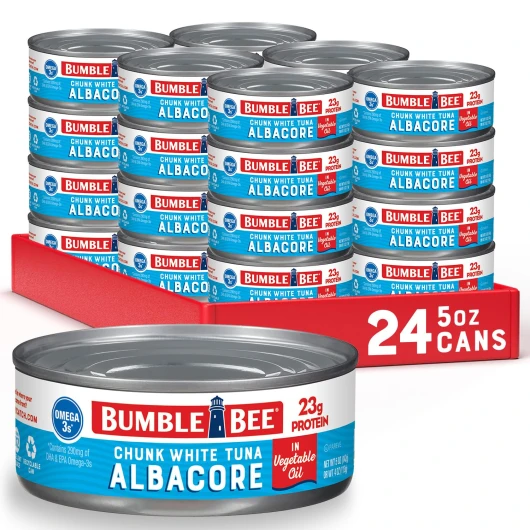
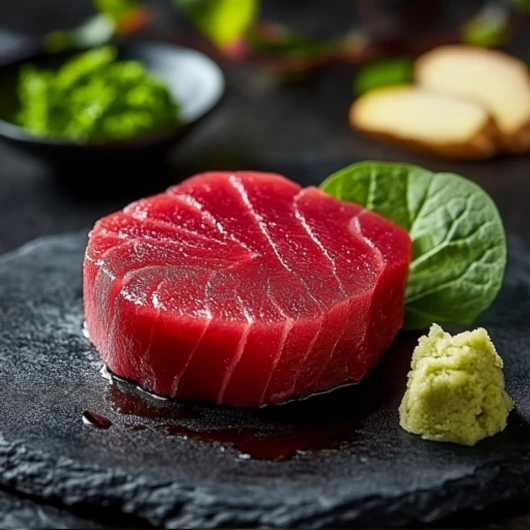
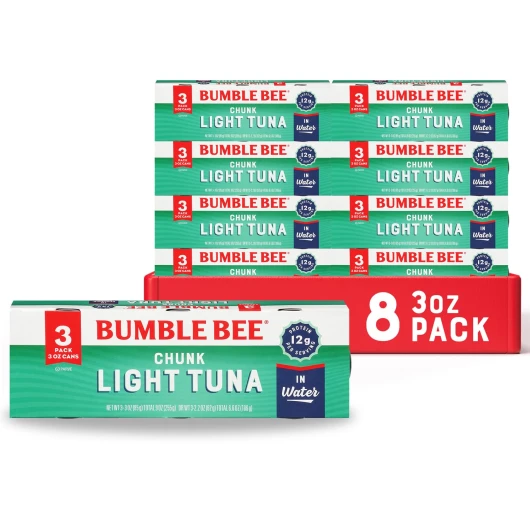
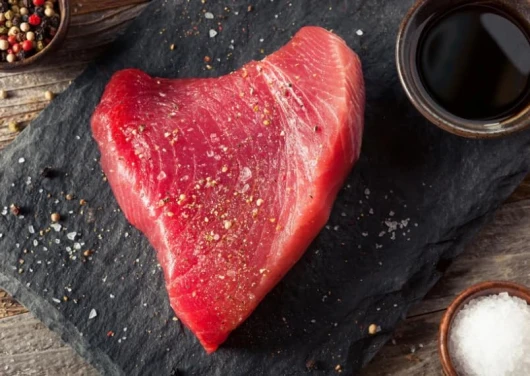
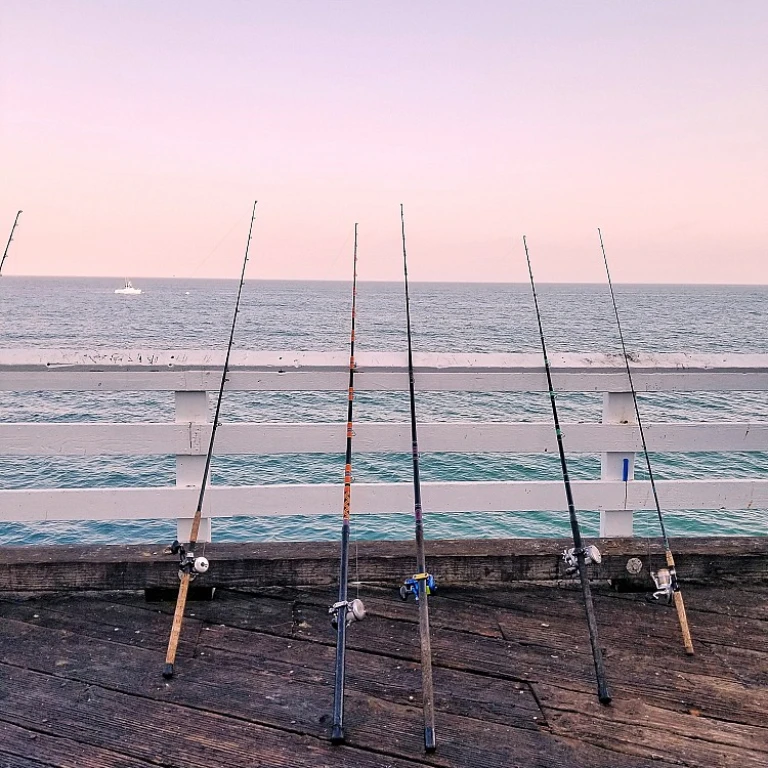
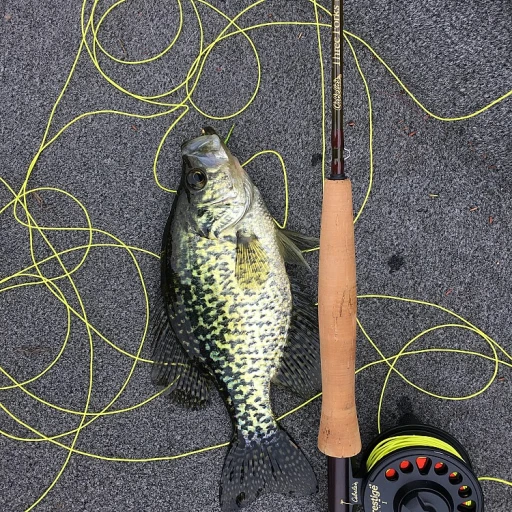
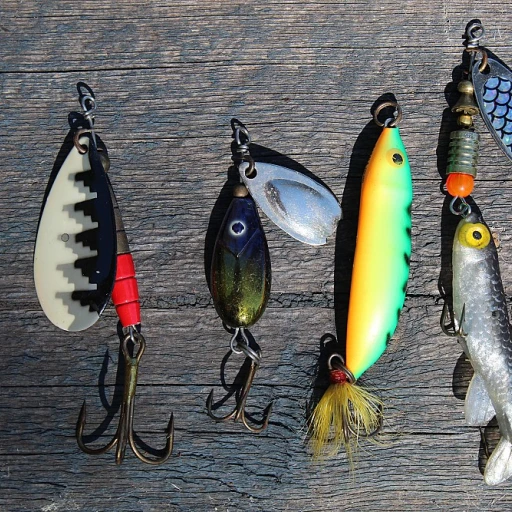

-large-teaser.webp)

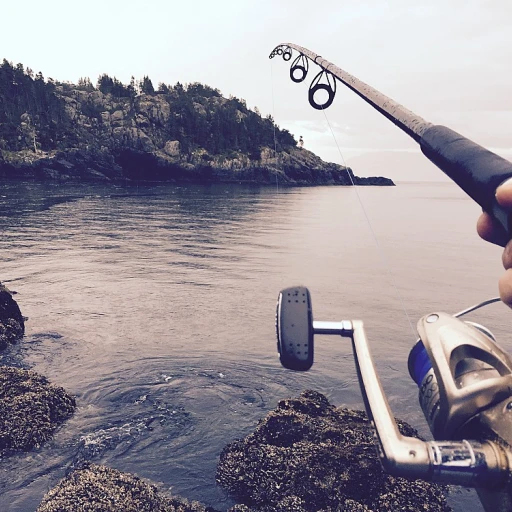
-large-teaser.webp)




